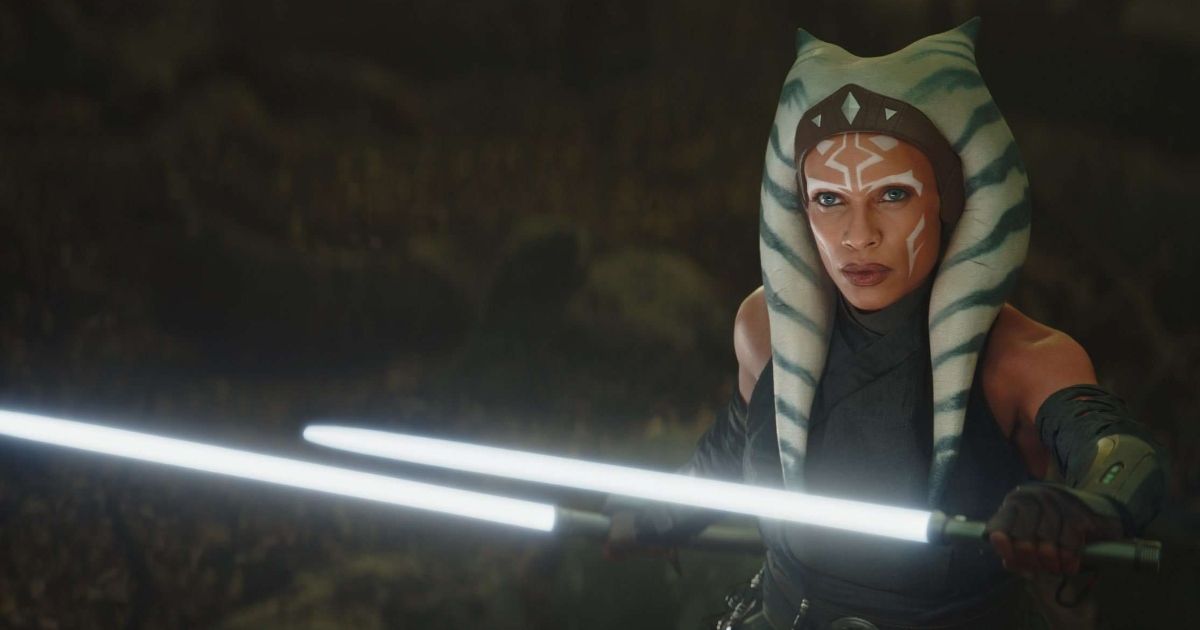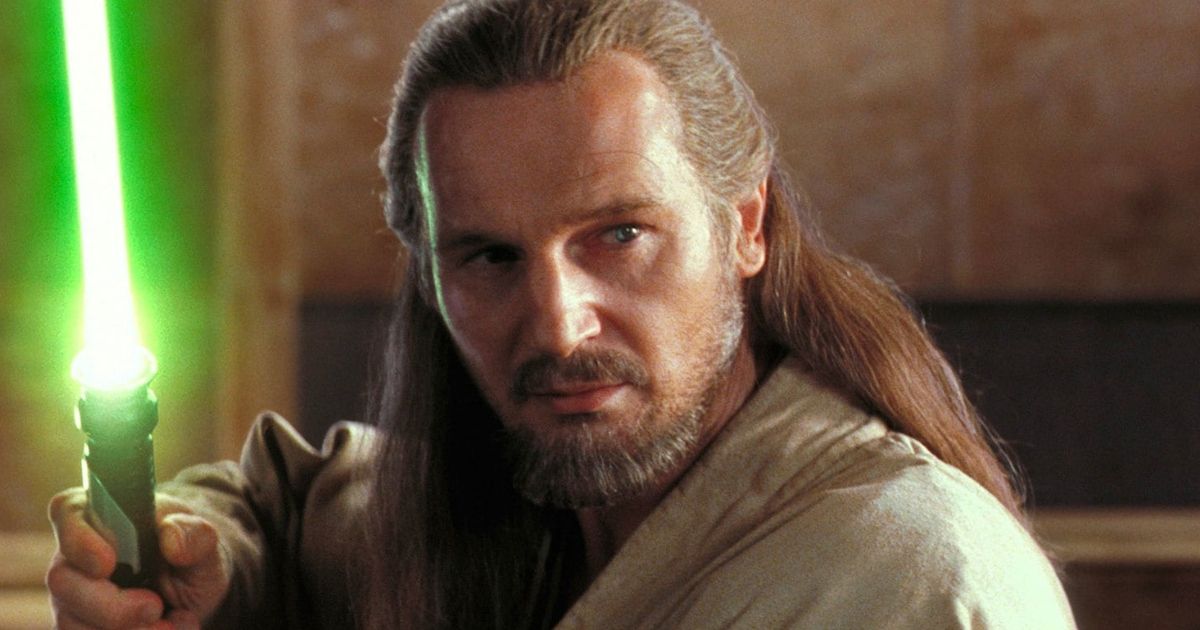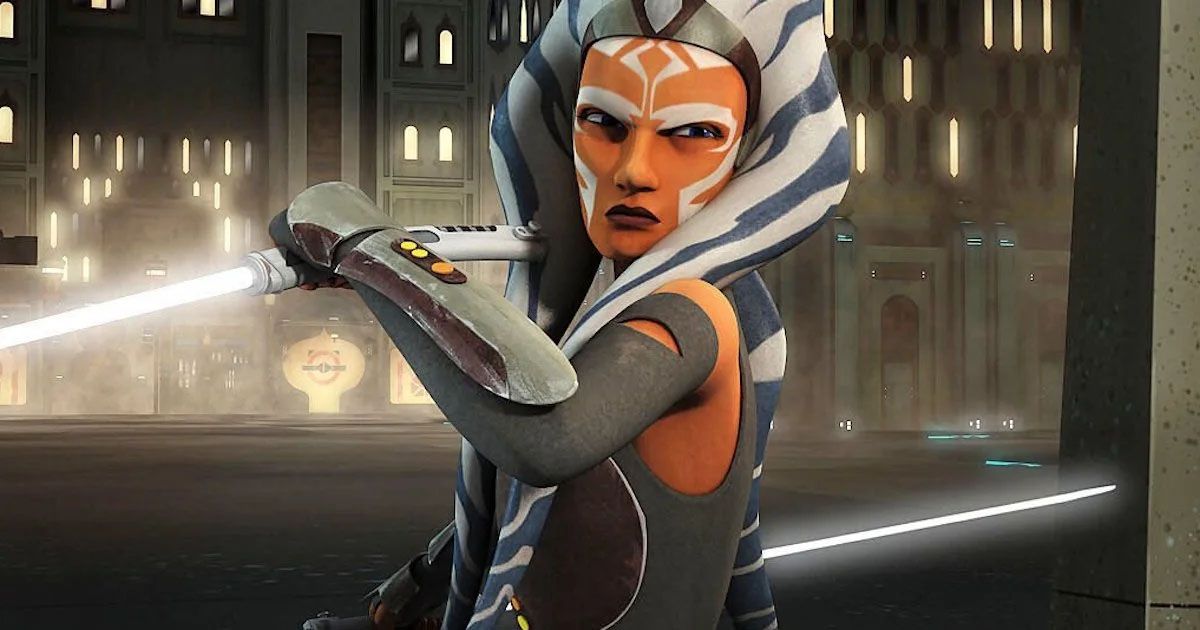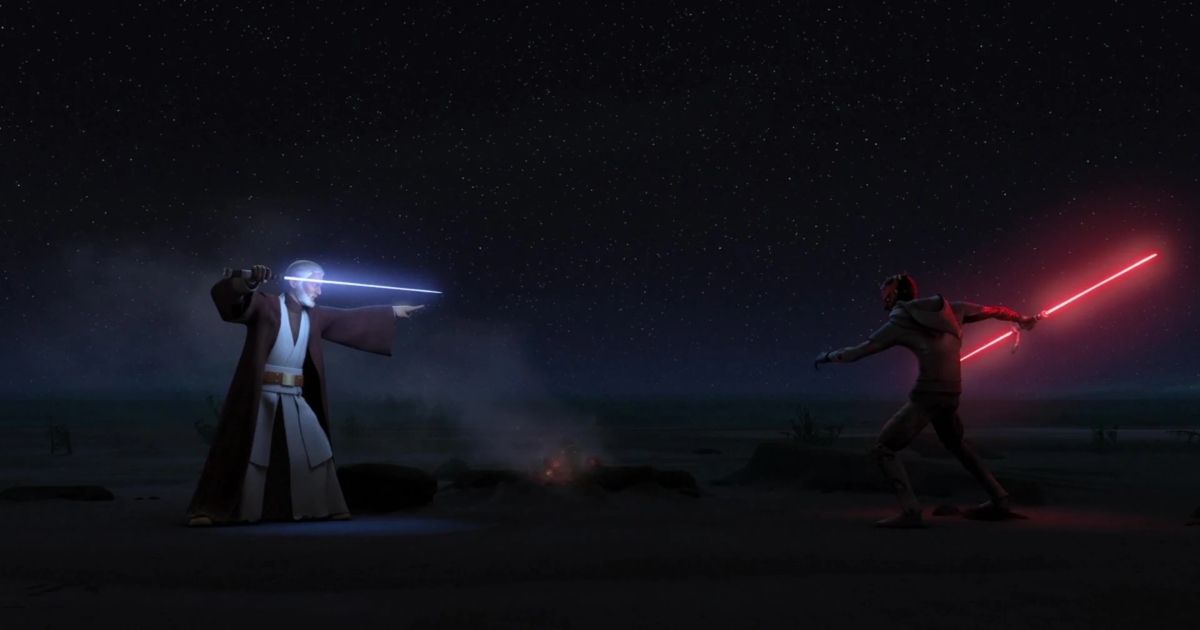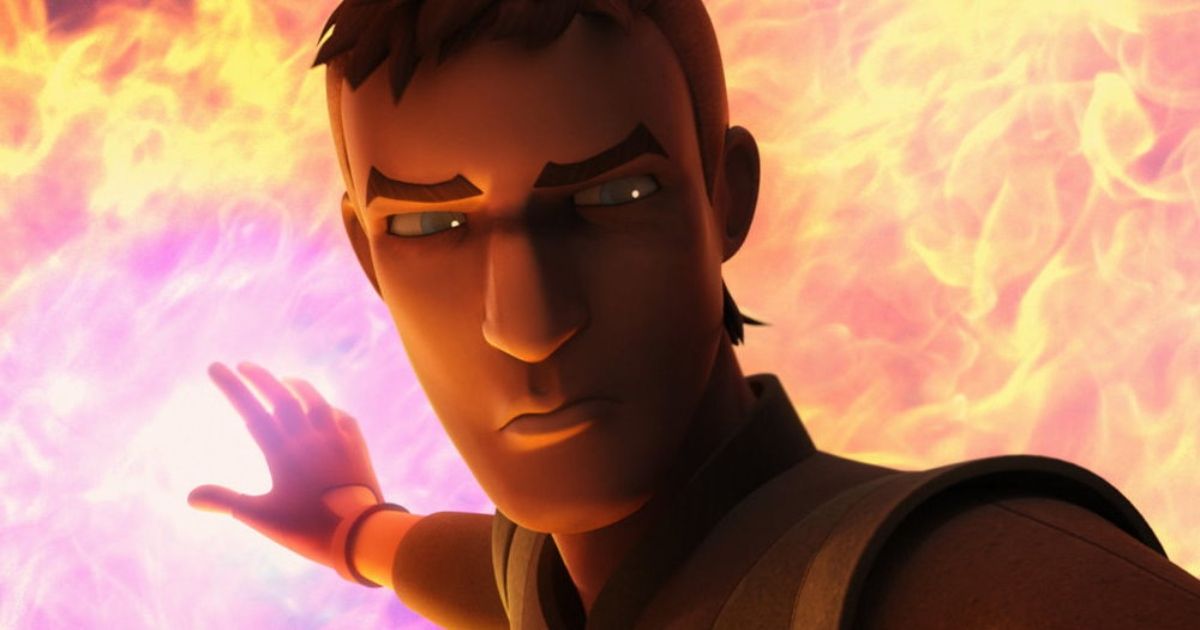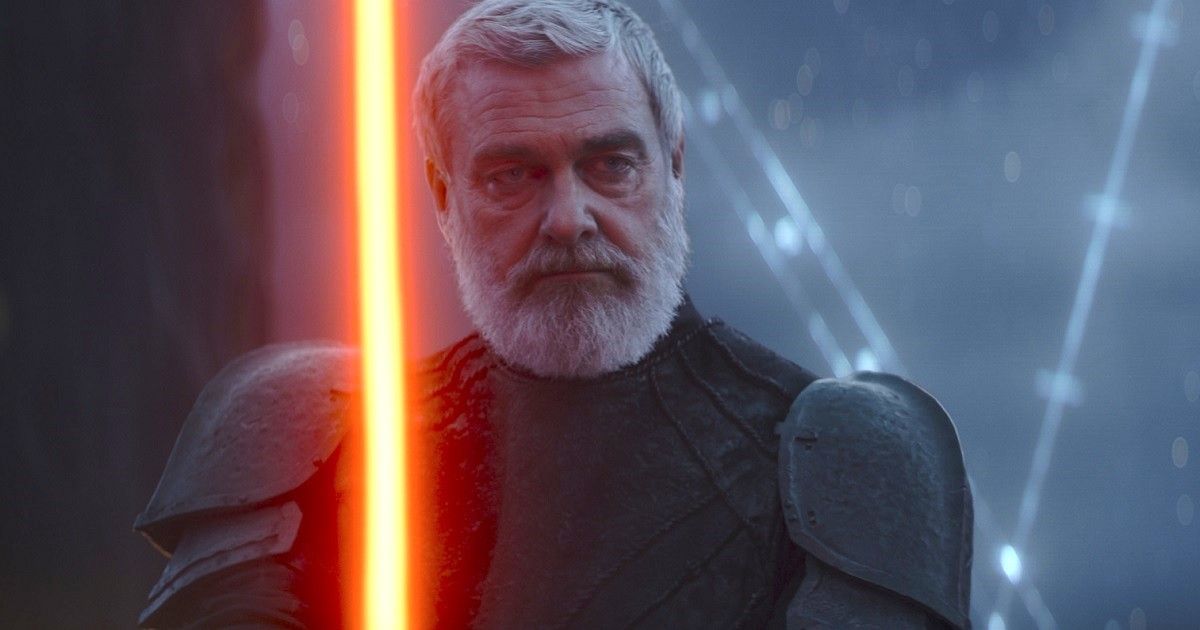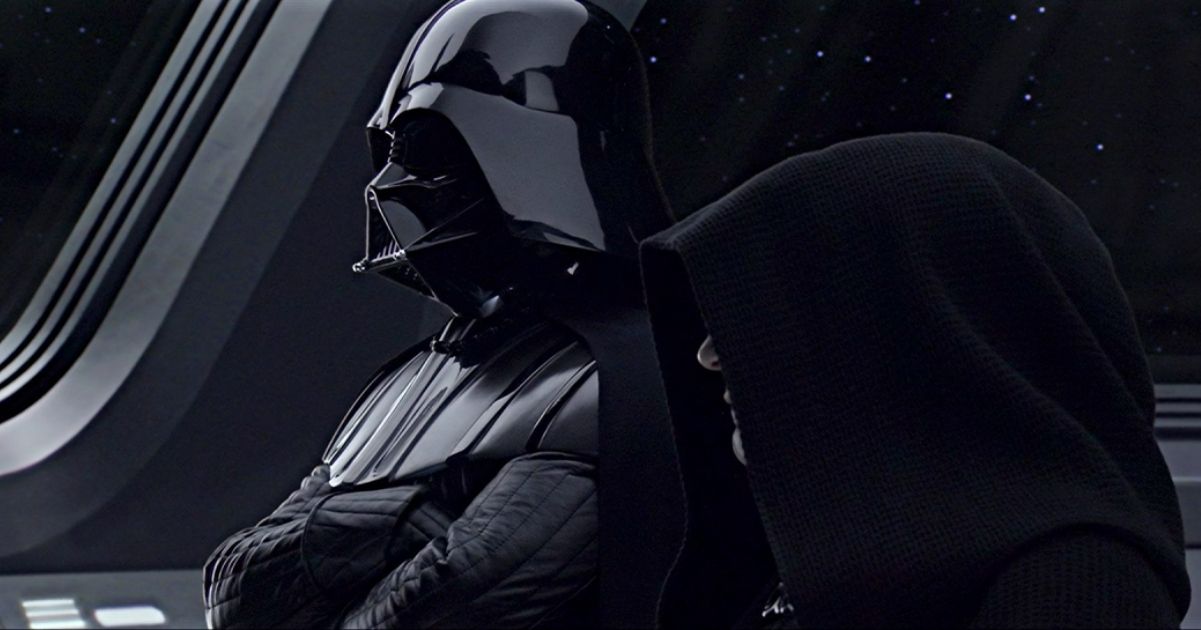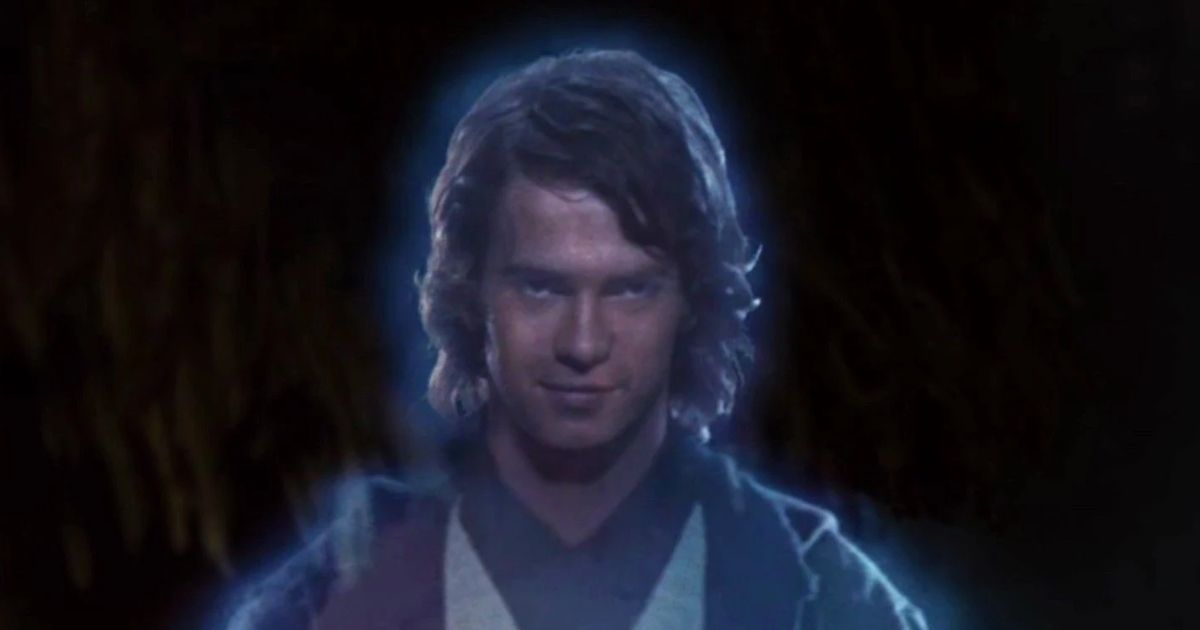Since the first film in the late 70s, the Star Wars franchise has always featured clear-cut heroes and villains. Franchise creator George Lucas himself described the Sith and the Empire as the "bad guys," something that has been very obvious as they used planet-destroying superweapons on civilian targets. But with the prequel trilogy, Lucas began portraying the Jedi as imperfect heroes, leading to a certain sect of the fanbase viewing them as the franchise's secret villains.
Update August 24, 2023: Following the premiere of the first two episodes of Ahsoka on Dinsey+, this article has been updated with more context around the concept of the Gray Jedi.
Fans denouncing both the Jedi and the Sith caused the term, "Gray Jedi," to rise to prominence. The term had two different definitions: the first being Force-wielders who simply operated outside of the Jedi Code, and the second being those who walked the line between light and dark. However, neither Lucas nor Disney have recognized Gray Jedi as an official term or featured such characters in their stories. Here is why Gray Jedi have never been canon despite their popularity in the Star Wars fanbase.
Characters Fans Think Are Gray Jedi (But Aren’t)
Liam Neeson's Qui-Gon Jinn has often been described as a Gray Jedi because of his willingness to act outside the wishes of the High Council. However, he still wielded a traditional Jedi-green lightsaber, refrained from tapping into the dark side of the Force, and always served the greater good. The defining trait of the light side has not been passiveness as fans have believed, but selflessness according to George Lucas. Qui-Gon best exemplified that trait and aligned himself with the light side of the Force, not the politics of a flawed Republic or Jedi Order. If anything, he was more of a Jedi than many of the other Jedi in the prequel era. As seen in the Obi-Wan Kenobi series, Qui-Gon was able to manifest himself as a Force spirit after death, an ability that was open only to those who fully embraced the light side.
For a long time, the best candidate for Gray Jedi was Mace Windu. He wielded a purple lightsaber, a color that symbolically is a balance between the red and blue blades of the Sith and Jedi. While the decision to do this may have been heavily influenced by a certain actor's favor color, it called Windu's true intentions into question. If he pulled from the Dark Side of the Force more than the other Jedi, did that make him a Gray Jedi? Well, much like Qui-Gon, Windu constantly acts selflessly.
Ahsoka
Another character fans have called a Gray Jedi is Ahsoka Tano. During the Clone Wars, Ahsoka left the Jedi Order after losing trust in the place she once called home. What fans have lost sight of is that she did not make her decision because she wanted to stop being a Jedi, but rather because she felt the Jedi had lost their way. In fact, Ahsoka returned to fight alongside the Jedi for the rest of the Clone Wars and into the Galactic Civil War. Fans have focused very hard on her saying the line "I am no Jedi" in Star Wars Rebels, but Dave Filoni (who created the character, directed, and co-wrote the episode in which she said that line) had some interesting things to say. He argued that "in some ways — by being so selfless and rejecting a lot of paths that would have given her power — she’s more Jedi-like than even some characters who claim to be Jedi" (via Vanity Fair).
When Ahsoka made her live-action debut during the second season of The Mandalorian, Filoni purposely titled the episode "The Jedi." The people around her, including Din Djarin, referred to her as a Jedi, and it was a title that Ahsoka did not reject, but a title that she once again welcomed. In the final season of Star Wars: The Clone Wars, one of the Martez sisters told Ahsoka that she acted like a Jedi, or at least how she wanted them to be. Later during The Book of Boba Fett, she was present for the beginning of Luke Skywalker's Jedi Academy. What's more, Ahsoka died and was resurrected by the light side of the Force, and from that point on, served as one of the franchise's greatest heroes. Ahsoka was not a Gray Jedi, but, in actuality, a true Jedi.
Rage and Serenity
Because the dark side has been associated with passion and the light side with calm, Gray Jedi fans have viewed a middle ground as being the ideal place to be. This view echoed a philosophy held by James McAvoy's Charles Xavier in X-Men: First Class. In that film, a young Professor X told Erik Lehnsherr that he believed true focus lies "somewhere between rage and serenity." Neither rage nor serenity were inherently considered negative emotions, with the state of being "bad" dependent on how those emotions were being used. But in Star Wars, use of the dark side has been portrayed as giving in to rage, while using the light was about still feeling that anger, but finding a way to be in control of it. If the Jedi were truly only passive, then they would never have picked up a lightsaber in the first place.
Gray Jedi fans have believed that a Jedi should use their anger in combat, as if it's something that can easily be turned off. But relying on the dark side in Star Wars has always been a slippery slope. To the Jedi, entering a battle with pure hatred in your heart meant that you had already lost. When Obi-Wan fought against Maul in Star Wars Rebels, he only did so to protect himself and Luke, not as an act of vengeance. The calm Jedi Master defeated the fallen Sith assassin within seconds, aware that Maul's obsessive hatred did not serve him.
Gray Jedi Don't Exist?
In Star Wars Rebels, Kanan Jarrus met the Bendu, a Force-sensitive that claimed to be in the middle of the light and the dark. Some fans believed this meant Kanan was on his way to becoming a Gray Jedi, conveniently ignoring that he called Bendu a coward for trying to be on "both sides" and doing nothing. Kanan's voice actor himself, Freddie Prinze Jr., even shot down the idea of Gray Jedi. During an angry rant, Prinze Jr. said, "There's no such thing as a Gray Jedi. Qui-Gon even says 'I turn towards the light because it's there.' There's no gray! That's fan-fiction sh*t, which is cool, but don't try to canonize it because it doesn't work." Prinze Jr. also asserted that he knew more about the Force than most people because Lucas taught Filoni, who in turn taught him.
Additionally, the Lucasfilm Story Group has come out and said that Gray Jedi "goes against what Star Wars is all about." Fans have created a narrative where Gray Jedi are the heroes of Lucas' story when the word "Gray" was never uttered in his saga. Lucas' protégé, Filoni, has advised fans to "stop thinking of the dark side as some pathway to power" (via Twitter). He acknowledged that he sees a lot of "adoration," but described Darth Vader as a miserable man who fell for the Emperor's lies and lost everything. Similarly, in real life, young impressionable men have fallen for lies and developed a distorted sense of right and wrong.
Is Ahsoka Going to Subvert The Grey Jedi Idea
Ahsoka just premiered on Disney+, and it introduced an interesting new character: Baylan Skoll, played by the late great Ray Stevenson. Baylan is a Jedi who survived Order 66 but now seems to have become a more cynical force user. He does not appear to be evil like traditional Siths that have been shown in the franchise, but he is on a quest for power of some sort. He holds himself still like a Jedi and carries himself with a certain honor. He even has an apprentice of his own named Shin Hati, played by Ivanna Sakhno. Shin Hati notably has a padawan braid, so Baylan still sticks to some elements of the old Jedi code.
Yet he also uses the force not for knowledge and defense but for attack. He brutally attacks a New Republic transport to free a prisoner, and it appears that even if they had not met him with hostility, he would have killed them all regardless. He is a former Jedi who uses the Jedi rules as a guideline but has now written his own rules. This appears to be Dave Filoni's commentary on the concept of the Gray Jedi fans have wanted. While it sounds like a cool punk rock breakaway from the establishment, it is now instead a more selfish-centered morality. As the series goes on, hopefully, more details about this will come to light, and Ahsoka will be forced to face a villain who represents what many fans think she is.
Star Wars Has Shades of Gray, But Is Still About Good and Evil
Fans have forgotten that the Jedi and the Sith are not exactly representatives of the light and dark sides of the Force. Luke Skywalker in Episode VIII declared that the Force did not belong to the Jedi, and to say that "if the Jedi die, the light dies" is vanity. It was for this reason that Luke originally wanted the Jedi to end, not because he wanted Gray Jedi, but because he wanted the light to rise from a worthier source. Just because the Jedi strived to follow the light side and be a force for good, it didn't mean that they were always aligned with the light. If they had been, they would never have ushered in an era of darkness and helped Palpatine rise to power. Who the Star Wars franchise portrayed as the good guys did not always do the right thing, whether intentionally or unintentionally.
The moral complexity fans have wanted in Star Wars has always been present without there being Gray Jedi. Villains such as Maul, Count Dooku, Asajj Ventress, and Kylo Ren were not characters who were simply evil. Obi-Wan Kenobi and Jedi: Fallen Order also introduced fans to Reva and Trilla, both former Jedi who experienced major traumatic events. Those who fought against the Empire did not have their hands clean either. Andor's Luthen Rael recognized that he used the tools of his enemy to defeat them, burning his decency for someone else's future, and burning his life to make a sunrise that he knew he would never see. Luthen was more of a pragmatist than the more idealistic Mon Mothma and the more extreme Saw Gerrera, knowing sacrifices had to be made when taking down a fascist dictatorship.
Balance of the Force
With the Star Wars saga being centered on bringing balance to the Force and there being no Gray Jedi, many have been left confused on the meaning of "balance." The "Mortis" arc of Star Wars: The Clone Wars showed that both the light side and the dark side exist, and in terms of the greater galaxy, are not supposed to dominate over the other. When the Empire ruled the galaxy with an iron fist, the scales were greatly tipped towards the dark, requiring Anakin to restore balance to the Force. The Rebels' victory on Endor did not vanquish the darkness and instead only resulted in the dark losing some of its grip. There was still injustice in many corners of the galaxy, even without the Empire.
Lucas has described the prequels as showcasing the fall of a democracy, while the originals focused on the struggle to get it back. The Republic, of course, was restored thanks to Anakin's redemption and Palpatine's defeat, but democracy was never a perfect system. Just like the people it represented, the New Republic was flawed, housing both light and dark within. In that sense, the Republic was both the light and the dark and appeared to be a representation of the balance of the Force. At least, that was until the rise of the First Order, with new heroes having to rise to keep the dark in check. As Supreme Leader Snoke said before his death, "Darkness rises and light to meet it."

